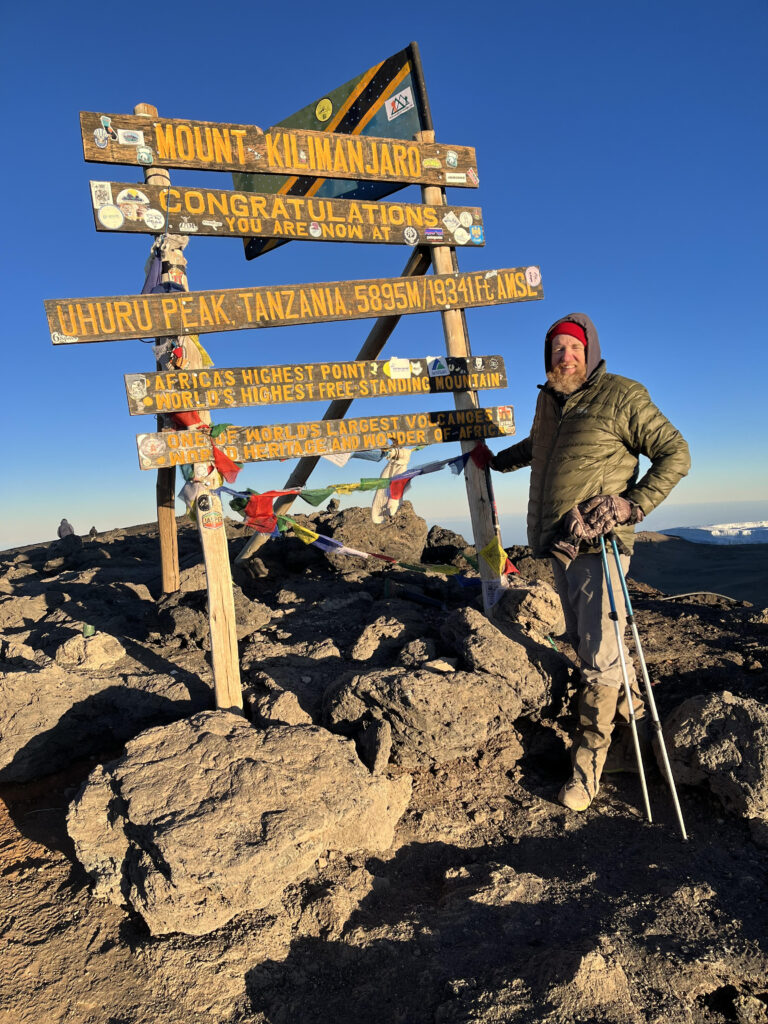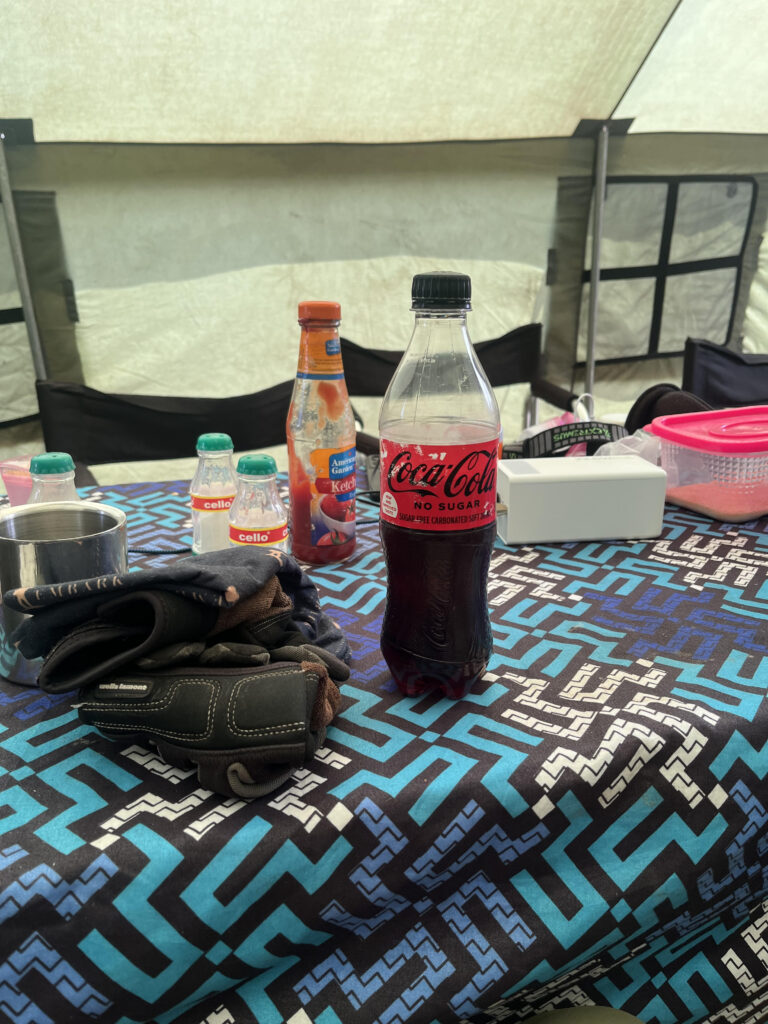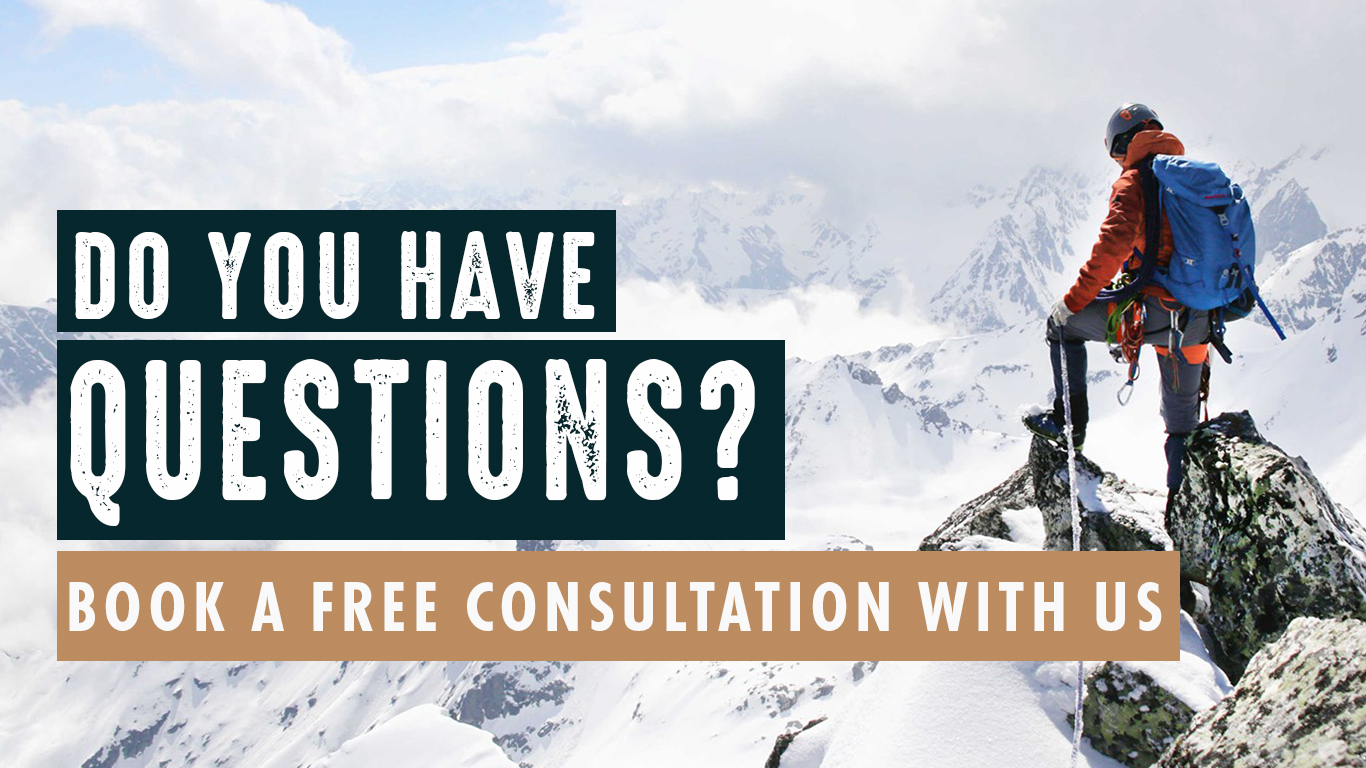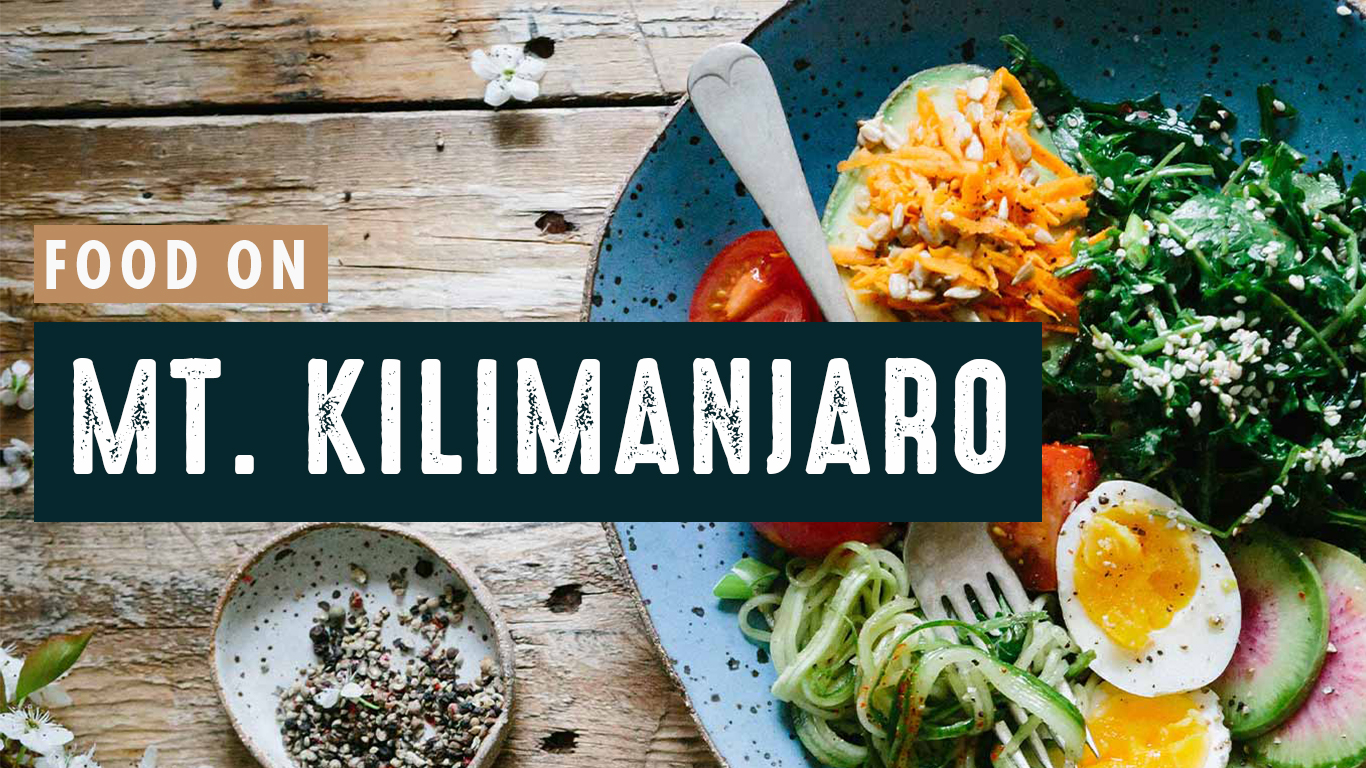Growing up in the suburbs of Chicago, Joe Fahey was not athletic or outdoorsy as a child. He wasn’t near the mountains and he certainly didn’t hike. He never could have imagined back then that one day, he would attempt to summit Mount Kilimanjaro not once, but twice.
In 2019, at the age of 59, Joe retired after working his entire career as an attorney. The following day, he uprooted his entire life as he drove to Montana with his camper. After living in a campground for ten days, Joe found himself an apartment, permanently relocated, and has never looked back. He has lived in the Bozeman area for over five years now and hiked nearly ever day since.
Having previously visited his son who was in school in Montana, Joe had gotten a taste for the area and much to his surprise, found that he loved it, especially the mountains. It was so very different from what he knew in Chicago. At first, hiking was rough having gone from living at about 700’ of elevation to his new home where he was hiking at over 5,000’ of elevation. Joe’s legs screamed at him! As a newcomer to the area and brand new hiker, Joe found himself not reaching the summit on his hikes early on. Despite the physical and mental challenge, he never gave up. He would turn back when he needed and then go back another day and try again, making it a little bit further on each attempt, day after day, until finally reaching the summit.
Joe has achieved many milestones in his lifetime, and with each one he found himself wanting to push himself a little bit further to his next achievement. After finishing his undergrad degree, Joe thought he was done with school, but after working for a few years, he found himself wondering what was next. That’s when he applied to and was admitted to law school, which he attended at night while working full time. He looks back on that experience now as another “mountain” to climb in his life. Along the way, Joe found himself wondering, “Can I do this?”. At first, school felt easy, but then classes got tougher and tougher, and law school felt harder. Joe likened that experience to his experience on Mount Kilimanjaro – easier hikes early on, but as he climbed higher and higher, it became harder and harder. After four years, Joe successfully earned his law degree, summiting that life “mountain”. Joe is determined, driven, and persistent. He never gives up on himself or his goals. Even if at first he failed to reach his goal, he has consistently tried again and shown up for himself. It is because of this that, after his first unsuccessful attempt at summiting the world’s highest freestanding mountain, Joe returned one year later making his come back in 2023 at the age of 64 and successfully reaching Uhuru Peak, the summit of Mount Kilimanjaro.
His next adventure will be Everest Base Camp in the Fall of 2024.

*Joe with his tent mate Dave who also made the 2022 trek alongside porter Anold
How did you get into trekking?
I was born and raised in the suburbs of Chicago my whole life. I was not an athlete growing up and even into my adult years, I had minimal exposure to hiking. My son and I did some hiking together on a family vacation in Rocky Mountain National Park and it made me think that the mountains were where I wanted to be. It made me think about hiking more. After my son started school in Montana and I had visited him there, I knew that was where I wanted to retire and the rest is history.
What do you love about the outdoors and trekking?
I love the solitude. The trails near me here in Montana are rather busy so found that if I go beyond where most people go, whether that be a more remote spot or further on a trail that most people would go, there is a sense of solitude. There are animals and there is the thrill of maybe seeing an animal I haven’t seen before, but there are not many people and that is nice. I love to sit on a ridge or a summit and see those 360-degree views, all the things you can’t see otherwise. My goal is always to eventually make it to the summit. Even though it may not happen on my first try every time, I will always go back and try again and again until I make it to the top. I find that I reach one summit and then ask myself what’s next. I always want to keep going.
What did you do to prepare physically and mentally for Mount Kilimanjaro?
My approach to preparing was different from my first summit attempt to my second. For my first attempt at Kili, I was hiking almost daily so I was really always training. I felt good going into the hike, but on summit night I was overdressed and became dehydrated. I made the decision to turn back somewhere around 17,000’ or so. I don’t regret that decision. I knew I would come back and I didn’t want to put myself, our guides, or any of my fellow climbers or crew in danger by pushing myself past what I felt was my finish line. I learned a lot from that first attempt and used that knowledge to come back stronger in 2023 for my second attempt.
Preparing for my second attempt, I climbed 9,000’ and 10,000’ peaks in Montana. I also started practicing yoga and doing strength work which benefitted me both mentally and physically. I hadn’t done either of these things on my first go round. I did a lot of work to improve my hip stability and strength and these things combined helped immensely. I ended up losing 20 lbs before heading back to Tanzania in 2023!
Another difference with my second attempt was that I knew what to expect. I felt that my biggest challenge ahead would be summit night and so I shifted my training away from distance and began to do steeper climbs instead. I found steeper trails, one in particular that was nearby and had an elevation gain of about 1000’ in the first half mile and then another 700’ of elevation gain over the next half mile. I started hiking that trail to get my legs stronger and improve my cardiovascular health. When I started, I needed to rest a lot and go just short distances at a time, but eventually I was able to do the 1700’ of elevation gain with no rest. Once I did that, I wanted to push myself more and so I continued on until I was doing 2100’ of elevation gain and then 3,000’ of elevation gain with no rest.
I also made the decision prior to my second attempt to visit Leadville, CO and live at 10,000’ in my camper for three weeks prior to leaving for Tanzania. I climbed nine 14,000’ peaks and two 13,000’ peaks while I was there. On the days I didn’t climb, I rode my bike on a 12 mile loop at about 10,000’. My goal in doing this was to get in more time at a higher altitude and build up my red blood cells to prepare for going even higher on Kilimanjaro. My O2 sats were much better the second time around on summit night so I think it worked!
Overall, I was better prepared for my second attempt both physically and mentally. I felt like I could have jogged some of the route my second time around and mentally, I didn’t have that unknown factor like I did on my first attempt. I knew what was coming each day. Part of my preparation for my second attempt was to redo my charts of the Lemosho Route indicating for myself day by day the trail we would take, the camp we would be starting from and ending from, the elevation gain or loss, the distance we would hike. This helped me mentally prepare because I knew what to expect, which days would be harder or longer versus shorter or easier.
Having summited Mount Kilimanjaro, in your opinion, do you think it is equal parts mental and physical strength or do you think one is more important than the other?
I think both are equal. I do think it is easier to prepare for the physical side of the trek than the mental. I will say though that there were several moments on the trek where I had to lean into my mental strength and my self-confidence, especially on summit night. If I was to lose that mental strength or my confidence, I knew that it could affect my breathing and my physical self.
Were there any challenges that you faced leading up to your climb or during your Kilimanjaro trek?
Well, as I mentioned on my first attempt, my gear wasn’t right and I became dehydrated on summit night so that combination forced me to make the decision to turn back.
The other challenge I faced on my first attempt was the “not knowing what lie ahead each day” factor. It caused a lot of anxiety for me, specifically in the morning as we would wake, get our gear and packs ready to go, and sit for breakfast together. I found myself building things up in my mind and wondering, “What will we face today?” That anxious feeling made it hard to eat, but the guides kept reminding me I needed to eat for fuel. I figured out that eggs and fruit worked for me. I could eat both and so the chefs started preparing both for me each morning. They were so great. Everyone on the crew wants to see you reach your dream of getting to the summit. They support you and help you along the way. With the anxiety, I did notice that once we started moving for the day, it all went away. We were hiking. I was doing it and taking in the scenery and moving my body and the anxiety faded away quickly which was great.
Overall, one of the toughest parts of the trek was descending after reaching the summit. It was hard on the body! Our team referred to that day, that portion of the trek, as the “march of death”. It started out seeming easy but then everything turned to rock and we were just scrambling from one rock to the next, like giant steps going downhill. My knees and ankles were pounding! We all wondered, “Is this ever going to end?” People forget about the downhill.
If you had to describe your summit experience in one word, what word would you use?
It was actually hard to come up with words when I was on the summit. I remember standing there dumbfounded! I was just in awe. I felt a great sense of accomplishment, similar to how I felt when I was sworn in as an attorney.

*Joe Fahey at the summit of Mount Kilimanjaro
What are 3 lessons you learned from this experience?
1) Be happier with what you have. The Tanzanian people are very poor, but they are very happy with their life. As my Mother used to tell me, if you’ve got your health, you’ve got everything. After visiting twice, I feel like I have family in Tanzania now. I went for the mountain, but realized there was so much more. I built camaraderie with the guides, the porters, the entire crew, and of course my fellow climbers. I took in a new culture and a different way of life. In the United States, I think often we lack the sense of being welcomed, feeling true joy, happiness, and positivity. The Tanzanian people’s joy is contagious! We could use more of that here in the States. As my fellow climber would say with regard to one of our porters, “I wish I had 10% of that guy’s joy!”
2) Accept yourself where you are. I wasn’t upset with myself when I didn’t make it to the summit on my first attempt. It’s not the end of the world to not get to the top of a mountain. You can always try again.
3) Having support from someone helps us to keep going and supporting others feels good. Always pull for the other people around you that are going for their goals.
What is one thing you wish you had taken with you on the trek that you didn’t?
On my first summit attempt, I was dying for a soft drink like a Coke after we descended the mountain. So on my second attempt, I brought a bottle of Coke all the way up to base camp to have with my dinner on summit night!
Also, on my second summit attempt in 2023, the Snickers bar I was going to eat for fuel on our climb that night was frozen! I wished I had a Reese’s or something else that would have been easier to chew and eat that night.

*Joe’s beloved Coca-Cola for summit night
Was there anything you brought with you that you didn’t need?
A balaclava because I have one already built in with my beard! The porters actually nicknamed me “Ndevu Kubwa” meaning “Big Beard” in Swahili.
Also, on my first summit attempt in 2022, I brought a heavy hat that had a fur lining but I got too hot so I didn’t bring that the second time around. I brought a lighter hat instead.

*Joe’s “Big Beard” shirt to commemorate his climb
What is one thing you would you say to someone considering climbing Mount Kilimanjaro?
Do the physical training. Embark Exploration, Co. provided me with a good training program that was laid out for me to follow.
Listen to the guides. Do what they are telling you to do. They are experienced and they know what they are doing.
Believe you can do it. If a 64-year old guy can do it, you can do it too! If you believe it in your mind, you can do it.
To learn more about Joe and follow his adventures, check him out in Instagram at @gbearn1978.






